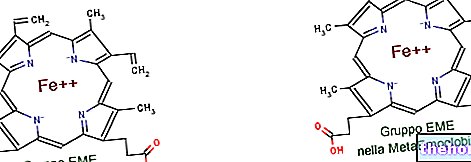What is Leukemia?
Leukemia is a blood cancer characterized by the proliferation and accumulation of tumor clones in the bone marrow, peripheral blood and lymphoid organs.

Physical examination
The diagnosis is always preceded by the detection of the patient's clinical data (anamnesis) and by a physical examination, through which the possible presence of enlarged lymph nodes or an increase in the volume of the liver and spleen is sought. In addition, the medical examination allows to evaluate: general conditions, fever, sweating, weight loss, infections, previous anemia or bleeding episodes.
Blood test
Complete blood count and peripheral blood smear morphological evaluation are critical for diagnostic guidance.
- Complete blood count
- Cell count: number of red blood cells, leukocytes and platelets.
- Hb level.
- Peripheral blood smear
- The peripheral blood sample, taken from the patient and sent to the analysis laboratory, is subjected to morphological examination under a microscope to ascertain the presence of blasts.
- Determination of blood chemistry parameters: azotemia, glycaemia, transaminases, etc.
- Biochemical profile for renal function, liver enzymes and bilirubin, uricaemia, LDH, beta-2-microglobulinemia (indicators of kidney and liver functioning).
In the case of leukemia, the blood test generally shows:
- Anemia: decrease in the concentration of hemoglobin and in the number of red blood cells;
- Thrombocytopenia: decrease in the number of platelets;
- Leukocytosis: increase in the number of leukocytes (less frequently, a condition of leukopenia is observed, with a decrease in the number of white blood cells).




























